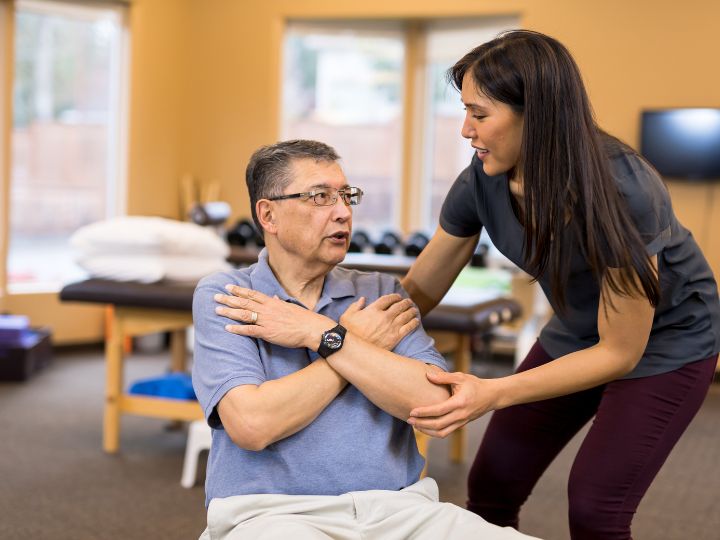Joint replacement surgery can be life-changing, offering relief from chronic pain and improved mobility. However, the journey to recovery extends far beyond the operating room. This is where occupational therapy (OT) plays a crucial role, helping patients regain independence and confidence in performing everyday activities.
Understanding the Recovery Journey
After a hip, knee, or shoulder replacement, simple tasks that were once automatic—like dressing, bathing, or cooking—can suddenly become challenging. Occupational therapists are specialists trained to help patients navigate these challenges by teaching adaptive techniques, recommending appropriate equipment, and creating personalized rehabilitation plans. “The goal isn’t just physical healing, but returning to a fulfilling life,” explains Dr. Margaret Chen, a rehabilitation specialist. “Occupational therapy addresses the whole person, focusing on what matters most to them in daily living.”How Occupational Therapy Supports Recovery
Assessment and Goal Setting
Recovery begins with a thorough assessment of your home environment, daily routines, and personal goals. Your occupational therapist will identify potential challenges and opportunities, creating a roadmap for your rehabilitation journey.Adaptive Strategies and Equipment
Occupational therapists teach modified techniques for everyday tasks while respecting post-surgical precautions. This might include:- Using long-handled reachers and dressing aids
- Implementing energy conservation techniques
- Recommending bathroom safety equipment like shower chairs and raised toilet seats
- Practicing safe transfers in and out of beds, chairs, and cars
Progressive Strength and Coordination Training
Your therapist will guide you through exercises designed to restore function, improve coordination, and build strength in ways that support daily activities—not just abstract movements.The Home Advantage in Rehabilitation
While many patients receive occupational therapy in clinical settings, home-based therapy offers distinct advantages. Therapy conducted in your own environment allows for:- Real-world problem-solving in the actual spaces where you live
- Customized modifications to your specific home layout
- Reduced transportation burden during recovery
- Comfort and privacy during the rehabilitation process


